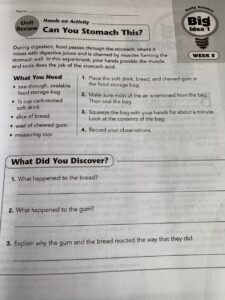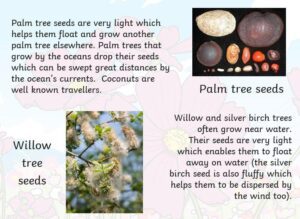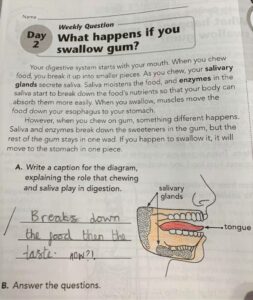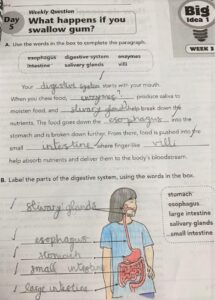Online Tutor Vacancies!
The Tuition Club Online is looking for excellent tutors to become part of our Online team. A fantastic opportunity to join us and shape the future!
Current Vacancies:
Maths Tutor
Science Tutor
English Tutor
Computing Tutor
We are looking for candidates who have an excellent teaching manner, classroom management and the willingness to conduct Online Tutoring. We welcome applicants from all subject specialisms as well as those looking to gain teaching experience.
Applicants must be able to tutor online one to one or in a group setting, have a passion for instilling a love of learning and eagerness. Flexible availability from Monday – Friday is required.
One of the most important characteristics of our Tuition Club is the safe and happy environment in which children, from many different cultures enjoy their learning together. We look for people who share our passion for providing high quality tutoring and supporting home schooling parents and students through their journey.
To apply, please submit your application form here at – tuitionclub.org/vacancies






































You must be logged in to post a comment.